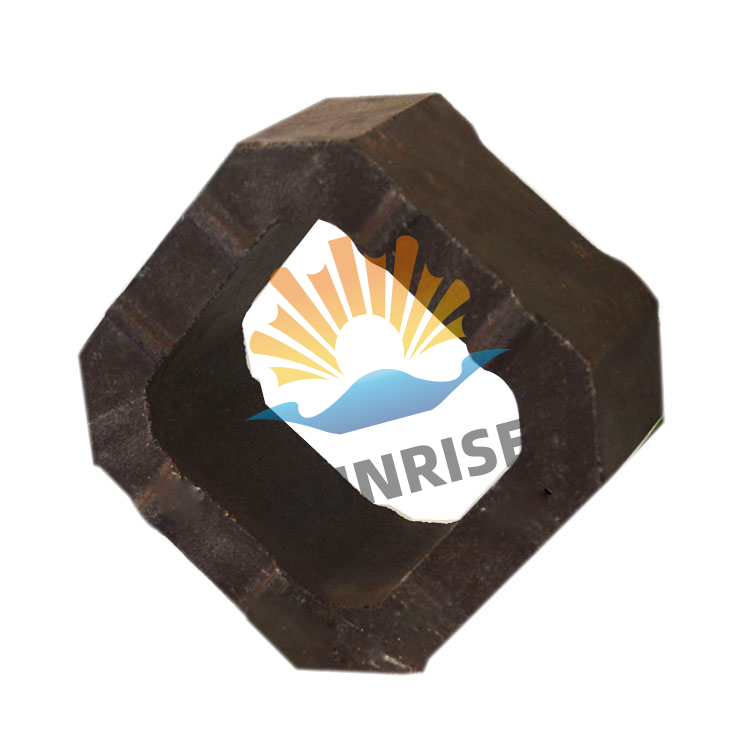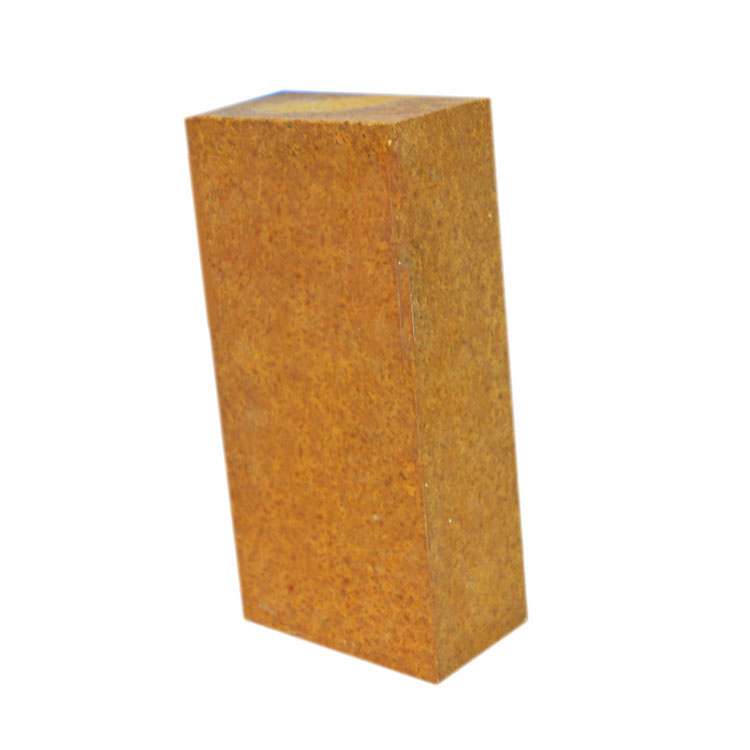
In high-temperature industrial operations such as steel smelting and glass manufacturing, refractory materials play a crucial role. They are the backbone that withstands extreme heat, protecting equipment and ensuring the smooth progress of production processes. Among various refractory materials, high-temperature magnesia-chrome bricks and magnesia bricks are widely used. This article will conduct an in-depth comparison of their performance.
High-temperature magnesia-chrome bricks are made from sintered magnesia and refractory-grade chrome ore as raw materials, and are bonded by silicate. Sintered magnesia has high refractoriness and good thermal stability, with a melting point generally above 2800°C. Refractory-grade chrome ore can improve the corrosion resistance and thermal shock resistance of bricks. The manufacturing process includes batching, mixing, molding, and firing. After high-temperature firing at about 1700 - 1800°C, the bricks have a dense structure and excellent performance.

Let's use data and an information chart to compare their performance:
| Performance Index | Magnesia-Chrome Bricks | Magnesia Bricks |
|---|---|---|
| Compressive Strength (MPa) | 80 - 120 | 60 - 90 |
| Corrosion Resistance Index | 8 - 9 (out of 10) | 6 - 7 (out of 10) |
| Thermal Shock Resistance (Number of Cycles) | 20 - 30 | 10 - 15 |
From the above data, we can see that magnesia-chrome bricks have higher compressive strength, better corrosion resistance, and stronger thermal shock resistance than magnesia bricks.
In the steel smelting industry, high-temperature magnesia-chrome bricks are widely used in the lining of converters and electric furnaces. Due to their high strength and excellent corrosion resistance, they can withstand the erosion of high-temperature molten steel and slag, and extend the service life of the furnace lining. For example, in a large steel plant, after using magnesia-chrome bricks, the service life of the converter lining has been extended from 1000 heats to 1500 heats, effectively reducing production costs.

In the glass manufacturing industry, magnesia-chrome bricks are used in the regenerator and melting tank of glass furnaces. Their good thermal shock resistance can adapt to the rapid temperature changes during the glass melting process, ensuring the stability of the furnace operation. In a glass factory, after replacing magnesia bricks with magnesia-chrome bricks, the frequency of furnace maintenance has been reduced by 30%, improving production efficiency.
In summary, high-temperature magnesia-chrome bricks have significant advantages in terms of strength, corrosion resistance, and thermal shock resistance compared with magnesia bricks. They are more suitable for high-temperature and harsh operating environments, and can bring higher economic benefits to your production.
If you are still considering which refractory material to choose for your high-temperature operations, we invite you to try our high-temperature magnesia-chrome bricks. Contact us at [email protected] or visit our official website https://www.example.com for more information.

